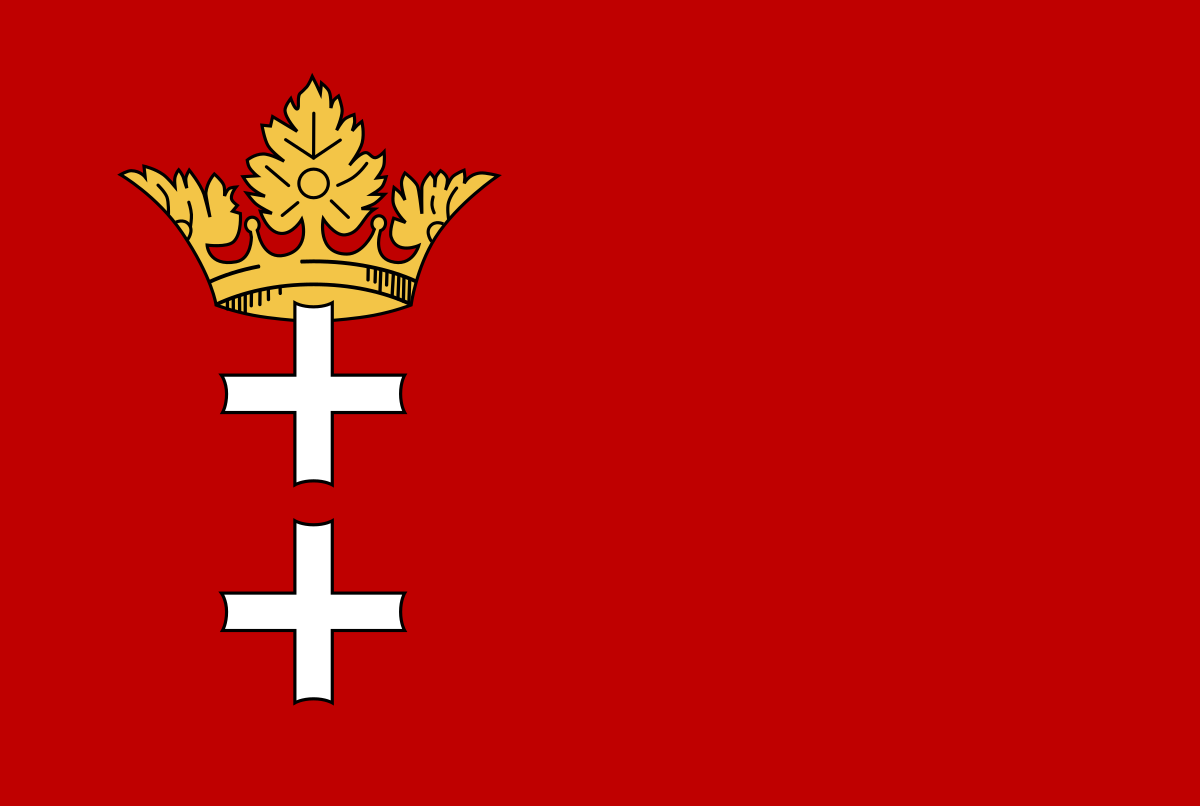The end of World War II in 1945 brought about a dramatic transformation in the political landscape of the world. Borders shifted, empires dissolved, and new superpowers emerged.
In the wake of these changes, several states and political entities ceased to exist, some absorbed into larger nations, others dismantled by war, occupation, or ideology.
The Free City of Danzig

The Free City of Danzig was a semi-autonomous city-state established under the Treaty of Versailles in 1920. It was created to provide Poland access to the sea without granting full control over the city, which had a majority German population.
Governed by the League of Nations, Danzig existed in a precarious balance between Polish and German interests. In 1939, Nazi Germany annexed the city outright, making it part of the Third Reich. After the war, Danzig was handed over to Poland and renamed Gdańsk.
Its German population was expelled, and the city was fully integrated into Polish territory, effectively ending the Free City's existence.
The Republic of Carpatho-Ukraine

Carpatho-Ukraine was a short-lived autonomous region in eastern Czechoslovakia that declared full independence in March 1939.
It emerged during the disintegration of Czechoslovakia after the Munich Agreement, when Nazi Germany allowed Hungary to annex parts of Slovakia and Ruthenia.
Almost immediately after its declaration of independence, Carpatho-Ukraine was invaded and absorbed by Hungary.
Although it existed as a nominal entity for only a single day, Carpatho-Ukraine was officially dissolved after World War II, when the territory was annexed by the Soviet Union and became part of the Ukrainian SSR.
The State of Manchukuo

Manchukuo was a puppet state established by Imperial Japan in 1932 in northeastern China, also known as Manchuria. It was nominally led by Puyi, the last emperor of China, but in practice, it was entirely controlled by the Japanese military.
After Japan's defeat in 1945, Soviet forces invaded Manchuria, quickly dismantling Japanese control. The state ceased to exist and the territory was handed over to Chinese communist forces.
Manchukuo's brief existence ended permanently with the founding of the People's Republic of China in 1949.
The Slovak Republic

The Slovak Republic, often referred to as the First Slovak Republic, was a client state of Nazi Germany formed after the dismemberment of Czechoslovakia in 1939.
Led by a fascist regime under President Jozef Tiso, it cooperated closely with Hitler's regime during the war, even participating in the invasion of Poland.
As Nazi Germany collapsed in 1945, the Slovak Republic was dissolved and its territory was reintegrated into the reconstituted Czechoslovakia.
The state ceased to exist entirely until Slovakia re-emerged as an independent nation in 1993 following the peaceful dissolution of Czechoslovakia.
East Prusia
Though not a state in the conventional sense, East Prussia was a historically significant German province that disappeared from the map after the war.
Severely affected by the war's final battles, East Prussia was divided between the Soviet Union and Poland following the Potsdam Conference.
The northern part, including the city of Königsberg, became the Russian exclave of Kaliningrad, while the southern section was handed to Poland.
The German population was expelled, and the region was completely resettled. East Prussia’s unique cultural and political identity was erased in the post-war restructuring.
The Memel Territory

The Memel Territory, located in present-day Lithuania, was another region with a complex history. Originally part of East Prussia, it was placed under League of Nations administration after World War I, then seized by Lithuania in 1923.
In 1939, Nazi Germany annexed the territory just before the outbreak of World War II. After Germany's defeat, the region was returned to Soviet-controlled Lithuania, and its German population was expelled.
Memel, now called Klaipėda, was fully integrated into Lithuania, with the territory’s previous autonomous status permanently eliminated.
The Kingdom of Yugoslavia

The Kingdom of Yugoslavia was a multi-ethnic monarchy formed in 1918, uniting several Balkan regions under a single crown.
During World War II, it was invaded and occupied by Axis powers, leading to a brutal internal conflict between royalists, fascists, and communist partisans.
By 1945, communist leader Josip Broz Tito had emerged victorious, and the monarchy was abolished. In its place, the Socialist Federal Republic of Yugoslavia was established.
Though a successor state by name, the new Yugoslavia bore little resemblance to the original kingdom in ideology, governance, or international alignment.



















